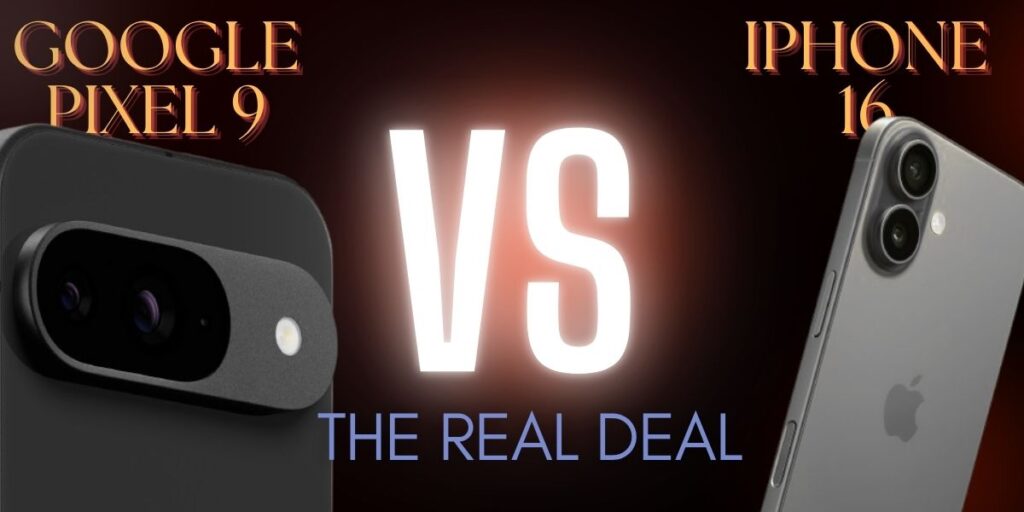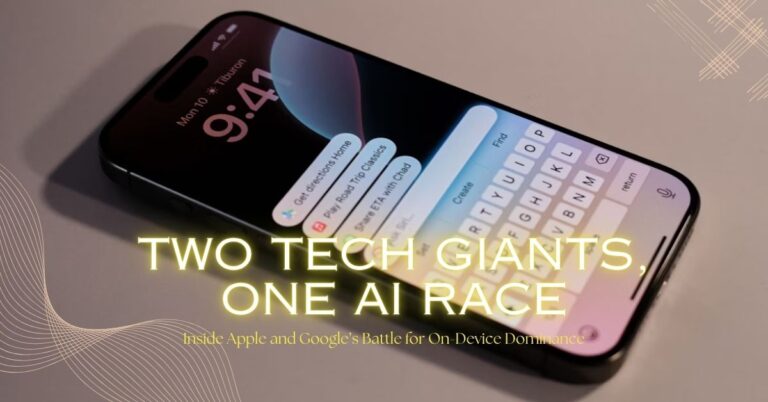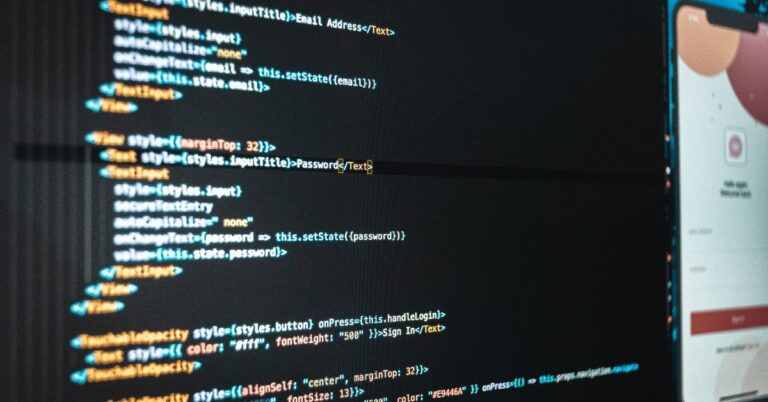When it comes to flagship smartphones in 2025, Apple’s iPhone 16 and Google’s Pixel 9 are two of the most anticipated devices. Both bring exciting innovations, cutting-edge hardware, and premium features that promise to elevate the user experience. But when it comes down to it, how does the iPhone 16 compare to the Google Pixel 9? Which smartphone is better for your needs in 2025?
This iPhone 16 vs Google Pixel 9 comparison will help you decide by covering everything from design and display to camera quality, software ecosystem, performance, battery life, and price. We’ll also highlight the key differences to look out for and who should buy which phone.
iPhone 16 vs Google Pixel 9: Design and Build Quality
Both the iPhone 16 and Google Pixel 9 showcase premium designs, but they take different approaches in 2025.
- iPhone 16 Design: Apple sticks with its sleek aerospace-grade aluminum frame and Ceramic Shield front cover, offering durability and a modern aesthetic. The flat-edge design, slightly curved back, and minimal bezels give it a polished, iconic look. Apple also refines its color palette with new pastel tones and a matte finish that feels premium in hand.
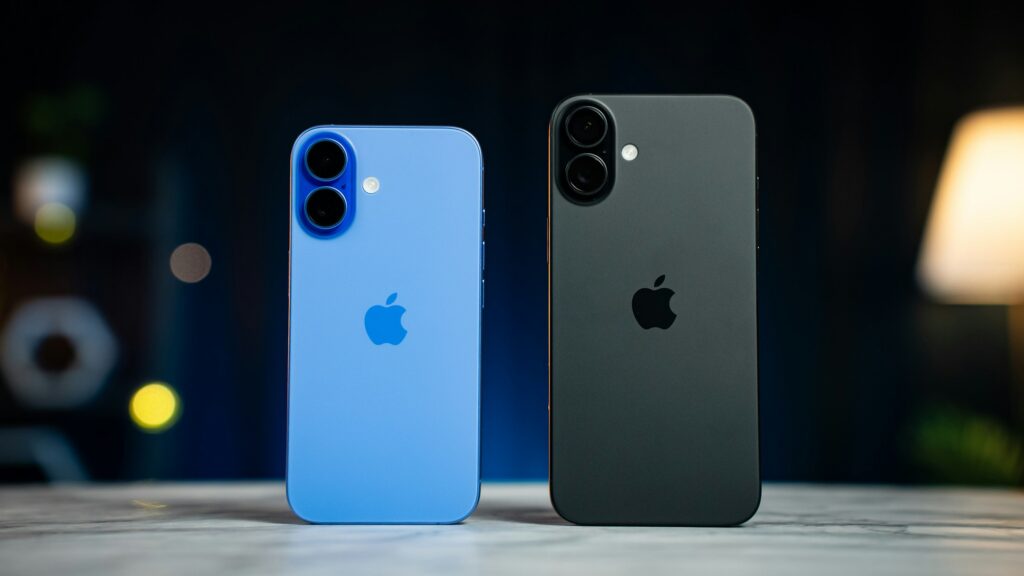
- Google Pixel 9 Design: Google’s Pixel 9 embraces a more playful yet minimalist design. It features a polished aluminum frame with a glossy glass back and a signature horizontal camera bar. The Pixel 9 is slightly lighter and thinner, aiming for comfort and one-handed use. Google’s color options include unique matte pastel shades that appeal to a younger demographic.
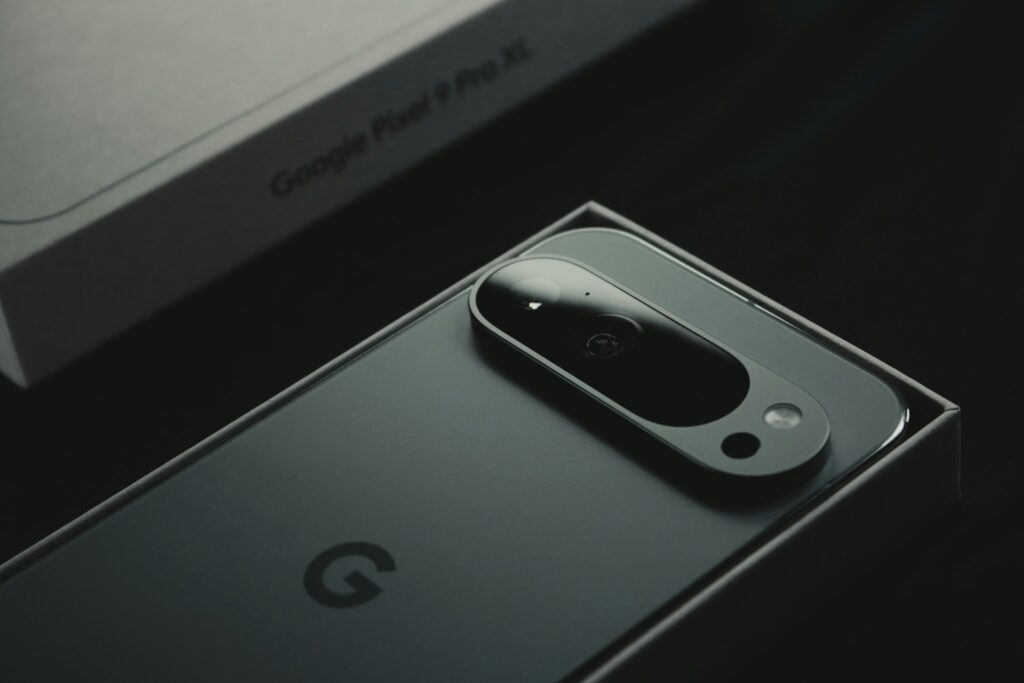
Verdict: If you prefer a sturdy, refined, and iconic look, the iPhone 16 edges ahead. For those who want a lightweight, colorful design with a standout camera bar, the Pixel 9 wins.
Display: OLED vs OLED – Which Screen Is Better?
Display technology is crucial for smartphones, and both Apple and Google pack their flagships with gorgeous OLED screens.
- iPhone 16 Display: The iPhone 16 features a 6.1-inch Super Retina XDR OLED display with 120Hz ProMotion adaptive refresh rate, HDR10 support, and a peak brightness of 2000 nits. This delivers razor-sharp text, vibrant colors, and buttery smooth animations.
- Google Pixel 9 Display: The Pixel 9 sports a 6.3-inch OLED display with a 120Hz refresh rate and HDR support. It offers excellent color accuracy and brightness, but it caps at around 1500 nits, making it slightly less vivid under direct sunlight.
Verdict: The iPhone 16 has a marginally better display in brightness and color accuracy, making it better for outdoor viewing and media consumption.
Performance and Chipset: Apple Silicon vs Google Tensor G3
When it comes to raw power and efficiency, both phones pack flagship-grade chipsets:
- iPhone 16 Performance: Powered by the new A18 Bionic chip, Apple’s latest processor offers blazing-fast CPU and GPU performance, improved AI capabilities, and better power efficiency. The 6-core CPU and 5-core GPU make gaming, multitasking, and video editing effortless.
- Google Pixel 9 Performance: The Pixel 9 runs on Google’s Tensor G3 chip, which focuses heavily on AI and machine learning. While it’s optimized for smart features like real-time language translation and computational photography, it doesn’t quite match the sheer processing power of Apple’s A18.
Verdict: For hardcore performance, especially gaming and intensive apps, the iPhone 16 is the clear winner. The Pixel 9 shines in AI-driven tasks and daily usability but falls short on peak raw power.
Camera Comparison: Computational Photography Battle
Both Apple and Google lead the industry in smartphone cameras, but their approaches differ.
- iPhone 16 Camera System: Apple uses a dual-camera setup with a 48MP main sensor, an ultra-wide lens, and advanced sensor-shift stabilization. The iPhone 16 excels in natural color reproduction, cinematic video modes, and ProRAW photo capture. It’s great for professional-grade photography and video recording.
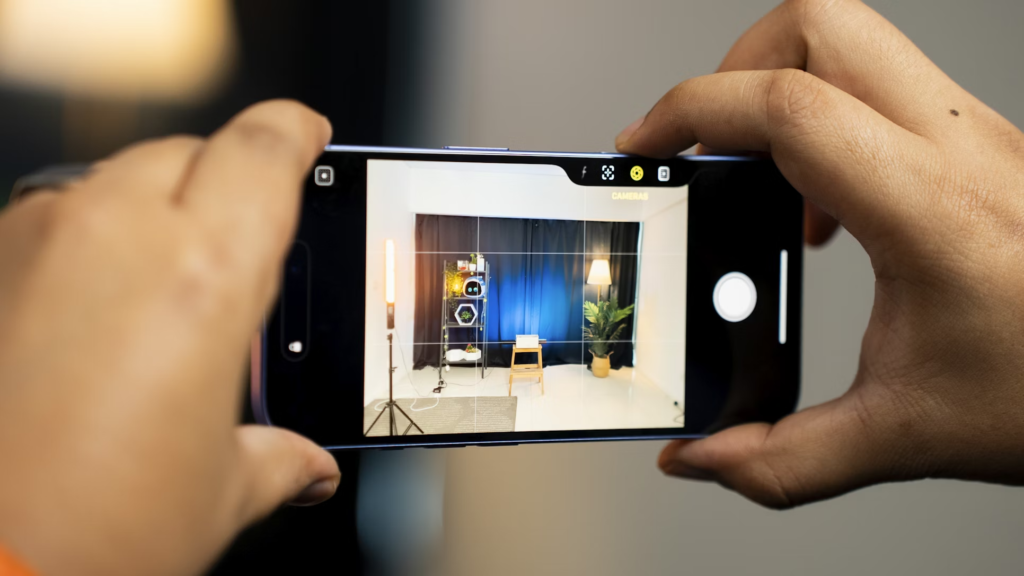
- Google Pixel 9 Camera System: The Pixel 9 features a 50MP main sensor and a 12MP ultra-wide lens. Google leverages computational photography to enhance dynamic range, low-light shots, and portrait mode. Its Night Sight and Super Res Zoom are standout features. However, it can produce slightly cooler tones compared to the warmer iPhone images.
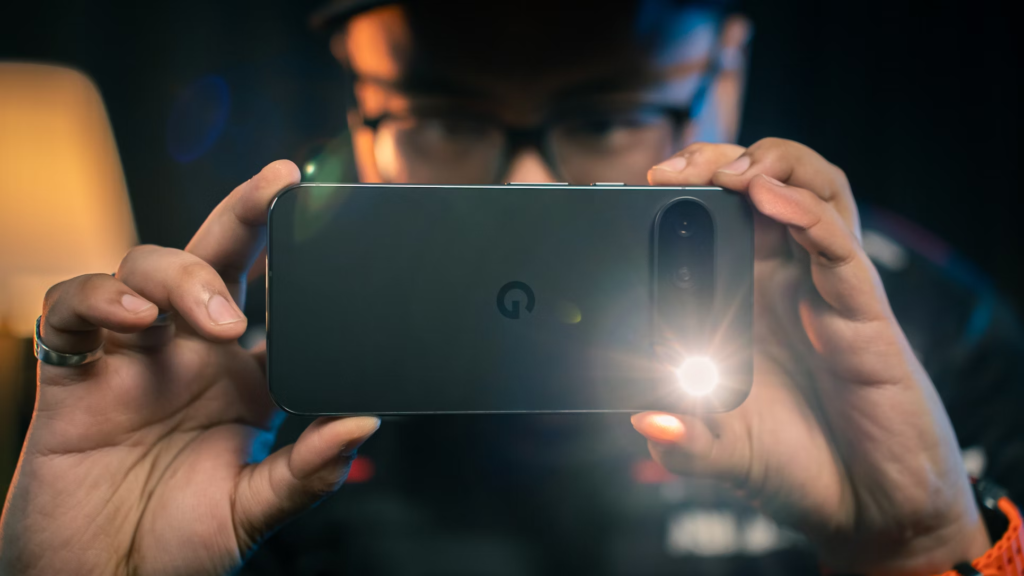
Verdict: The Pixel 9 offers arguably the best computational photography experience with stunning low-light and AI-driven modes, while the iPhone 16 provides more versatile and natural image quality, especially for video creators.
Software and Ecosystem: iOS 17 vs Android 14
Software can make or break the user experience.
- iPhone 16 Software: Ships with iOS 17, bringing smoother animations, improved privacy features, customizable lock screens, and seamless integration with the Apple ecosystem (Mac, iPad, Apple Watch). Updates are timely and long-lasting.
- Google Pixel 9 Software: Runs Android 14, offering the cleanest and most up-to-date Google experience with exclusive Pixel features like Call Screen, Now Playing, and Live Caption. Android 14 also enhances privacy controls and multitasking.
Verdict: iOS 17 is perfect for users who value ecosystem synergy and long-term support. Android 14 on Pixel 9 is ideal for customization lovers and Google services fans.
Battery Life and Charging Speeds
- iPhone 16 Battery: Apple improved battery life with a more efficient A18 chip and optimized software. The iPhone 16 offers around 20 hours of video playback. It supports fast charging (50% in 30 minutes) and MagSafe wireless charging.
- Google Pixel 9 Battery: The Pixel 9 comes with a slightly larger battery and adaptive battery management, delivering about 24 hours of mixed usage. Fast charging is similar but uses USB-C, which many find more universal.
Verdict: Pixel 9 offers a bit more battery longevity, but iPhone 16 charges faster and offers the convenience of MagSafe wireless.
Price and Value: Which Flagship Is Worth Your Money?
- iPhone 16 Price: Starting at $999, the iPhone 16 is positioned as a premium flagship with robust resale value and a vast ecosystem.
- Google Pixel 9 Price: Starting around $799, the Pixel 9 is more affordable and offers great value for users who want a flagship without the highest price tag.
Verdict: Pixel 9 is the better budget option with flagship features, while iPhone 16 is for those willing to invest in the premium Apple experience.
Final Thoughts: iPhone 16 vs Google Pixel 9 — Which Should You Buy?
If you want the best-in-class display, raw performance, and seamless ecosystem experience, the iPhone 16 is your top choice in 2025.
But if you’re after a more affordable flagship with incredible computational photography, longer battery life, and the latest Android features, the Google Pixel 9 stands strong as a worthy competitor.
Both phones offer cutting-edge technology, but your choice depends on your priorities—whether it’s ecosystem, camera style, or budget.

